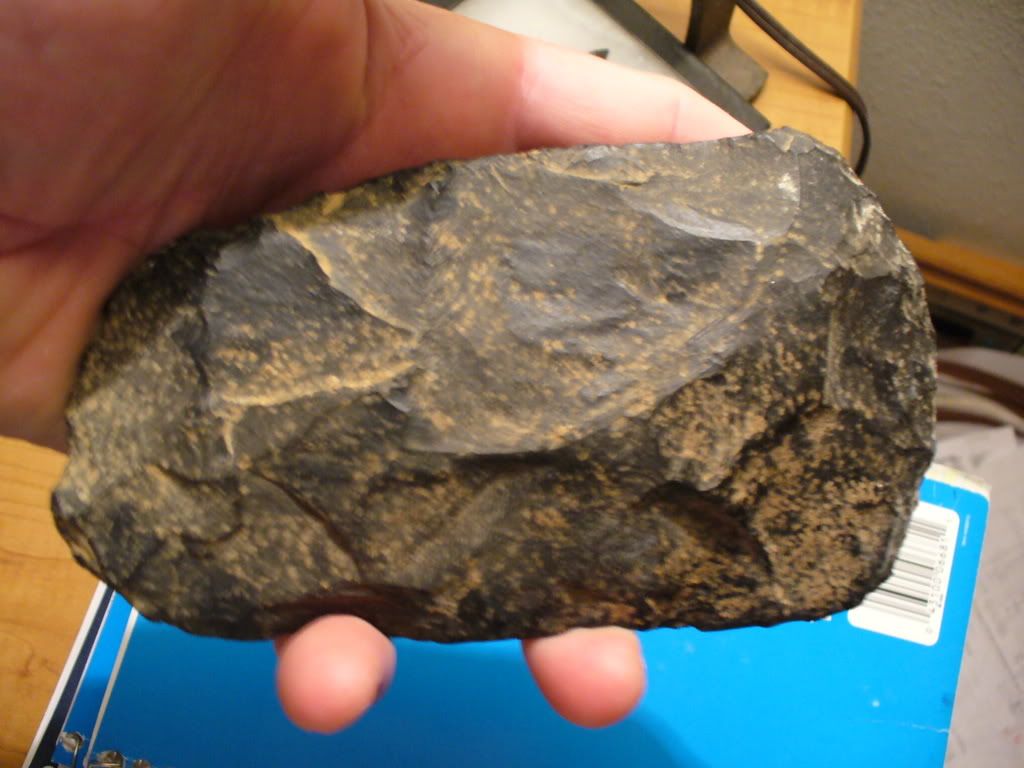AustinDiggers.com - Arrowhead Message Boards
THE MESSAGE BOARD POINT CHATTER IS NOW CLOSED TO ALL NEW POSTS.
WE HAVE MOVED TO THE NEW MESSAGE BOARD AND ALL NEW PICTURES AND POSTS WILL BE THERE FROM 4-16-2014 FORWARD.
THIS BOARD WILL CONTINUE TO BE HERE ONLY FOR INFORMATION AND TO READ / SEE ALL OLD POSTS.
GO TO AUSTINDIGGER.COM - LOCATE THE LINK FOR POINT CHATTER II
AND LOG IN AND CHAT WITH US AND SHARE YOUR FINDS.
ALL NEW WEBSITE - ALL NEW MESSAGE BOARDS.
WE NOW HAVE PICTURE HOSTING !! LOG IN AND NOW YOU CAN EVEN POST YOUR PICTURES FROM YOUR PHONES - WELCOME TO 2014 HUH 8)
SEE YOU THERE - MICHELLE
This Forum is Locked
Comment



